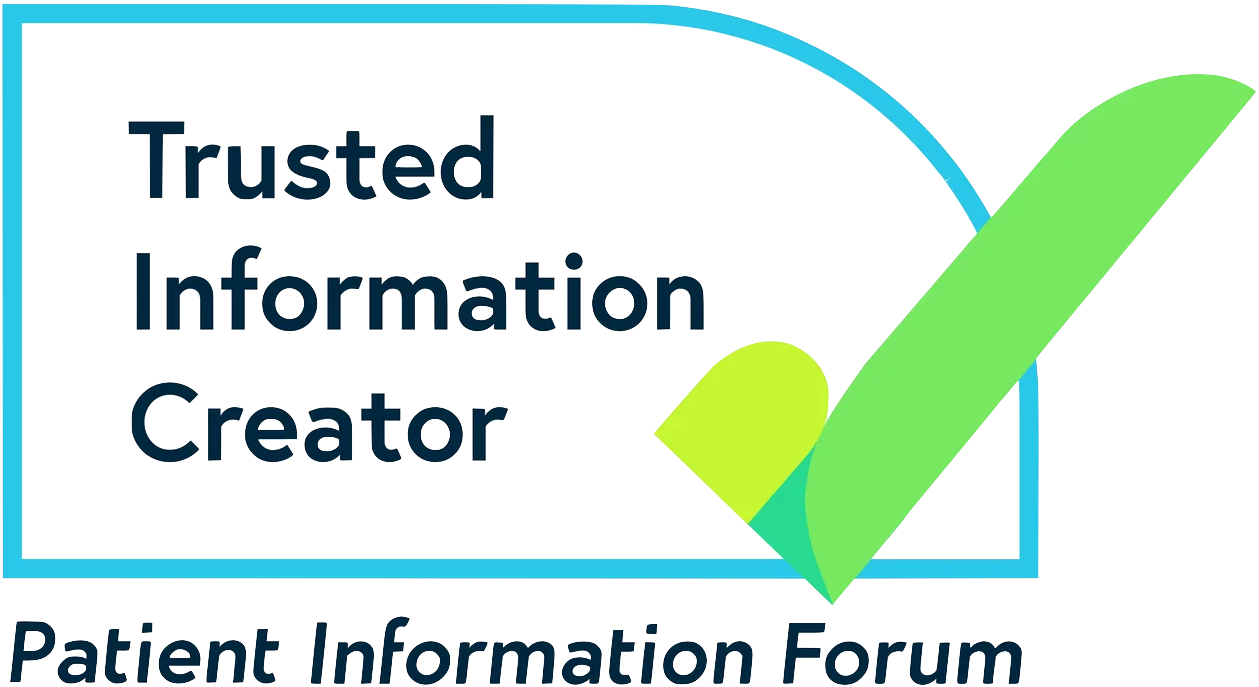What would you like to find out today?
There is support that can help you process your loss.
Find out more
Although it may feel worrying, it’s important to know about all the possible causes of epilepsy-related death. Knowing about the risks means you can take steps to reduce your risk and keep yourself as safe as possible.
What is SUDEP?
SUDEP is the sudden unexpected death of someone with epilepsy who was previously well and where the post-mortem cannot find another cause of death.
Some people die during seizures because of a condition called status epilepticus, or as a result of an accident or drowning. Some people with epilepsy die due to suicide.
We talk more about these risks, and how to reduce them, further down this page.
In some cases there’s no clear reason why a person with epilepsy has died. When this happens, it’s called sudden unexpected death in epilepsy (SUDEP).
What causes SUDEP?
Research shows that SUDEP is connected with seizures, particularly tonic-clonic seizures.
No one knows the exact cause of SUDEP and there may be no single explanation. It is thought that a seizure may sometimes lead to changes in the person’s heart rate or breathing. This could cause the person to stop breathing or their heart to stop beating.
I have epilepsy. Am I at risk of SUDEP?
SUDEP is rare, affecting around 1 in every 1,000 adults with epilepsy each year. This figure is for people with epilepsy in general. Your individual level of risk will depend on what type of seizures you have and how well-controlled they are. No one can say exactly who will be affected by SUDEP, but research has shown there are some things that can put you at a higher risk.
Tonic-clonic seizures
The biggest risk factor for SUDEP is having uncontrolled tonic-clonic seizures. The more often you have seizures, the more at risk you are of SUDEP.
Sleep seizures
SUDEP often happens at night. This suggests that you may be at more risk of SUDEP if you have seizures during sleep.
Not taking epilepsy medicine regularly
There’s some evidence that people who don’t take their epilepsy medicine regularly, as prescribed by their doctor, have an increased risk of SUDEP. This is because missing medicines could be a trigger for seizures.
Alcohol or drug dependency
One study found that alcohol and/or drug dependency increased the risk of SUDEP.
Living alone
One study found that living alone was associated with increased risk of SUDEP. If you live alone and have epilepsy we have information about ways to reduce your risk of SUDEP.
What if I don’t have tonic-clonic seizures, am I still at risk?
If you have other types of seizure, for example focal or myoclonic seizures, your risk of SUDEP is much lower than someone who has frequent tonic-clonic seizures. If you take epilepsy medicine to control your seizures, it’s important to keep taking it as prescribed. This is because for some people, not taking their medicine could put them at risk of having tonic-clonic seizures. If you aren’t taking your medicine because it causes side-effects, talk to your epilepsy specialist so the medicine can be adjusted or changed.
Is my child at risk of SUDEP?
In the past, studies seemed to show that the risk of SUDEP was less common in children than in adults. But some newer research now suggests that the risk might be about the same as for adults. Some children will be more at risk than others, but we don’t know as much about SUDEP risk in children as we do for adults. However, a review of studies into SUDEP in children suggested that risk factors for children include:
- Having uncontrolled tonic-clonic seizures, especially at night
- Having a type of genetic epilepsy that’s difficult to control
- Having other health problems, especially breathing or heart problems
To find out if your child is likely to be at increased risk of SUDEP, speak to their epilepsy specialist. If the specialist says your child is at increased risk, they should also talk to you about ways to reduce the risk.
We're here to help
Our expert advisors can help you with any questions you might have about epilepsy-related deaths and SUDEP or anything else related to living with epilepsy.
What can I do to reduce my risk of SUDEP?
The best way to reduce your risk of SUDEP is to have as few seizures as possible, especially if you have tonic-clonic seizures. Having fewer seizures will also reduce your risk of death or injury from status epilepticus or accidents. Here are some suggestions to help you have as few seizures as possible:
- Take your epilepsy medicines every day, exactly as they’ve been prescribed. If you’re worried about taking your medicines, don’t like them or have side effects, talk to your epilepsy specialist so they can make changes
- Find out in advance what to do if you miss a dose of medicine, if you are sick or have diarrhoea after taking it
- Try to avoid situations which may trigger your seizures. Common triggers include missing a dose of epilepsy medicines, lack of sleep, stress, drinking too much alcohol and using recreational drugs. Some people with epilepsy also say that they are more likely to have a seizure if they skip meals. And some women may also be more likely to have seizures at certain times of their menstrual cycle
- If your seizures are not fully controlled, ask to be referred to an epilepsy specialist for a review of your epilepsy. They may be able to suggest changes to your epilepsy medicines, or other treatment options
- Keeping a diary of your seizures can help you to understand and track what is happening with your epilepsy
As well as taking steps to reduce your seizures, there are some extra things you may want to think about if you have seizures in your sleep:
-
Living and sleeping arrangements
There is some evidence that having someone in your bedroom, who would be able to help you if you have a seizure, reduces the risk of SUDEP. So this is something to consider when making decisions about your sleeping and living arrangements.
If you live alone, having a safety check plan in place can help to keep you as safe as possible.
-
Alarms and monitors
Talk to your epilepsy specialist or epilepsy nurse about using a seizure alarm or monitor. These can alert someone that you are having a seizure in the night, so they can help you, or if necessary call an ambulance.
There still isn’t enough evidence to say if using a seizure alarm or monitor can prevent SUDEP.
Find out more -
Sleeping on your back
Many people who died from SUDEP were found lying on their front. This has led some researchers to say that sleeping on your back may reduce the risk of SUDEP. But other researchers say there’s not enough evidence to prove that sleeping on your back reduces the risk.
-
Safety pillows
Some people choose to use a safety pillow. They have small holes that may help you breath more easily if you are lying face down when having a seizure. However, there hasn’t been any research to show if safety pillows reduce the risk of SUDEP.
Find out more
Other causes of epilepsy-related death
Every year in the UK around 1,000 people die from causes related to epilepsy. Here we talk about other known risk factors and steps you can take to reduce your risk and keep yourself as safe as possible.
Status epilepticus
Status epilepticus is when a seizure or series of seizures last too long and doesn’t stop on its own. It can happen with any type of seizure, but convulsive (tonic-clonic) status epilepticus is the most dangerous and can sometimes be a cause of death.
Read our information about status epilepticus and how to reduce your risk.
Accidents, injuries and drowning
Having seizures, especially if they affect your awareness or leave you feeling confused, can put you at risk of accidents, injuries and drowning. The best way to reduce your risk is to do everything you can to reduce the number of seizures you have. But there are also safety measures, such as having a shower instead of a bath, that you can put in place to protect yourself.
Read our safety advice for people with epilepsy and our sport and leisure information to find out more about ways to reduce your risk.
Suicide
People with epilepsy are at increased risk of suicide compared to people without epilepsy. This may be because people with epilepsy are at increased risk of mental health problems such as depression. For some people this can lead to thoughts of suicide. The organisation that regulates medicines in the UK has warned that rarely, epilepsy medicines may be associated with a small increased risk of suicidal thoughts and behaviour.
- If you are feeling depressed or feeling like you want to die, talking to someone is the first and most important step in getting help. You could talk to your GP, epilepsy specialist nurse or epilepsy specialist
- If you don’t want to talk to a medical person, or you need someone to talk to when there is no medical person available, try the Samaritans. They are on the end of the phone 24 hours a day. Their phone number is 116 123
- If you would rather text than talk to someone over the phone Giveusashout.org have free mental health text support. Text SHOUT to 85258
- Rethink Mental Illness has advice for people having suicidal thoughts, including useful contacts and how to get support
- If you are worried about someone who may be having suicidal thoughts, see the Samaritans tips on having a difficult conversation
- PAPYRUS is a UK charity dedicated to the prevention of suicide and the promotion of positive mental health and emotional wellbeing in young people



